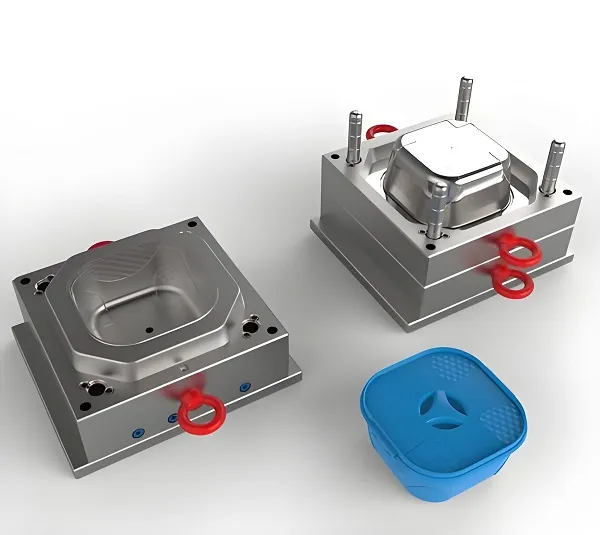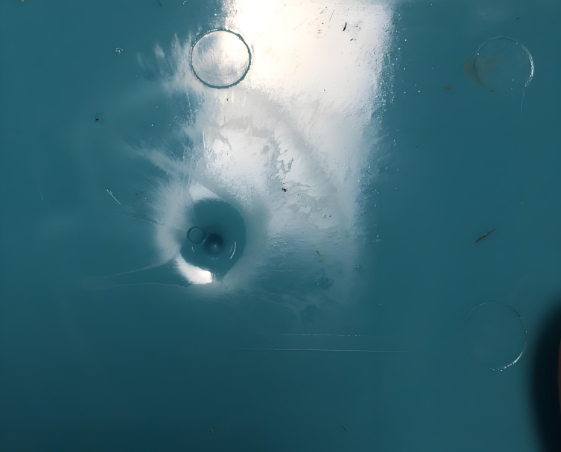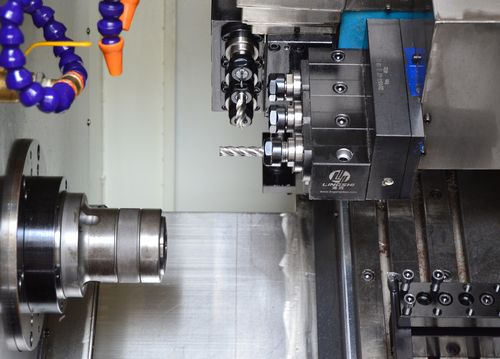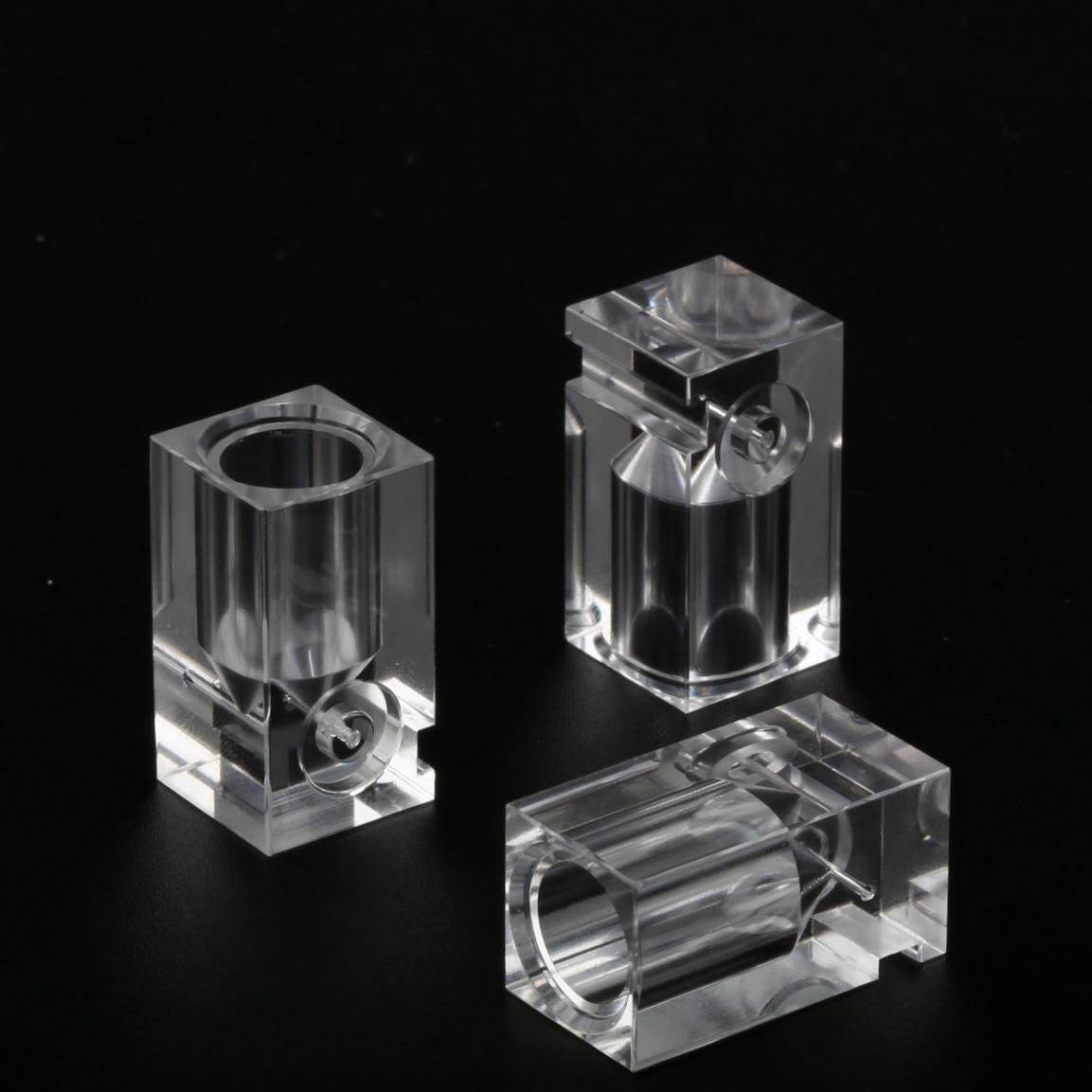The cost of a simple injection mold typically ranges from (1,000 to )10,000. This broad range depends on factors like mold material, cavity count, part complexity, and production requirements. For extremely basic designs, costs can even start below $1,000, while more refined simple molds may edge toward the higher end.
What factors influence the cost of a simple injection mold?
- Mold material:
-
- Aluminum: The most affordable option for simple molds, costing (1,000–)5,000. Aluminum heats and cools quickly, reducing cycle times, but it’s less durable (suited for low-volume production, up to 10,000 cycles). It works well for prototyping or short runs of simple parts (e.g., plastic lids).
-
- Steel: More expensive ((3,000–)10,000) but far more durable. P20 steel (a pre-hardened steel) is common for simple molds, lasting 50,000–100,000 cycles. It’s ideal for medium-volume production of parts like basic housings.
- Cavity count:
A single-cavity mold (producing one part per cycle) is cheaper than a multi-cavity mold. For example, a single-cavity aluminum mold for a small, flat part (like a plastic button) might cost (1,000–)3,000, while a 2-cavity version of the same mold could add (500–)2,000 to the price.
- Part complexity:
Even “simple” parts vary in design. A mold for a part with:
-
- Uniform wall thickness, no undercuts, and basic geometry (e.g., a small container) will be at the lower end ((1,000–)5,000).
-
- Minor details like shallow grooves or simple logos may push costs to (5,000–)8,000, as they require slightly more precise machining.
- Tolerance requirements:
Molds for parts with loose tolerances (±0.01 inches) are cheaper than those needing tight precision (±0.001 inches). Simple molds rarely require tight tolerances, so this factor has a smaller impact but can add costs if precision is needed.
- Mold maker location:
Molds produced in regions with lower labor costs (e.g., some Asian countries) may cost 30–50% less than those made in North America or Europe, though shipping and communication delays can offset savings.
What makes a mold “simple” enough to stay in this price range?
A simple mold typically features:
- A flat or slightly curved part design with no undercuts (which require complex sliding mechanisms).
- Single-cavity construction.
- Basic cooling channels (no intricate waterline designs).
- Compatibility with easy-to-mold plastics like polypropylene (PP) or polyethylene (PE), which don’t demand specialized mold features.
How to optimize costs for a simple injection mold?
- Choose aluminum for low-volume needs: If production is limited to 10,000 parts or fewer, aluminum molds offer significant savings over steel.
- Stick to single-cavity designs: Multi-cavity molds reduce per-part costs but increase upfront mold expenses—avoid them unless producing 100,000+ parts.
- Simplify part geometry: Remove non-essential details (e.g., decorative textures) to reduce machining time for the mold cavity.
- Request quotes from multiple suppliers: Comparing 3–5 mold makers can reveal price variations and help negotiate better rates.
When might a “simple” mold cost more?
If the part requires:
- Insert molding (integrating metal components into the plastic part).
- Specialized surface finishes (e.g., high-gloss or textured surfaces).
- Compliance with industry standards (e.g., medical-grade molds requiring certifications), costs can exceed $10,000 even for otherwise simple designs.
Conclusion
A simple injection mold is generally affordable, with costs ranging from (1,000 to )10,000, driven by material, cavity count, and part design. For most basic applications—like household items or low-volume prototypes—aluminum single-cavity molds offer the best balance of cost and performance. By prioritizing simplicity in both part design and mold features, you can keep expenses at the lower end of this range.






